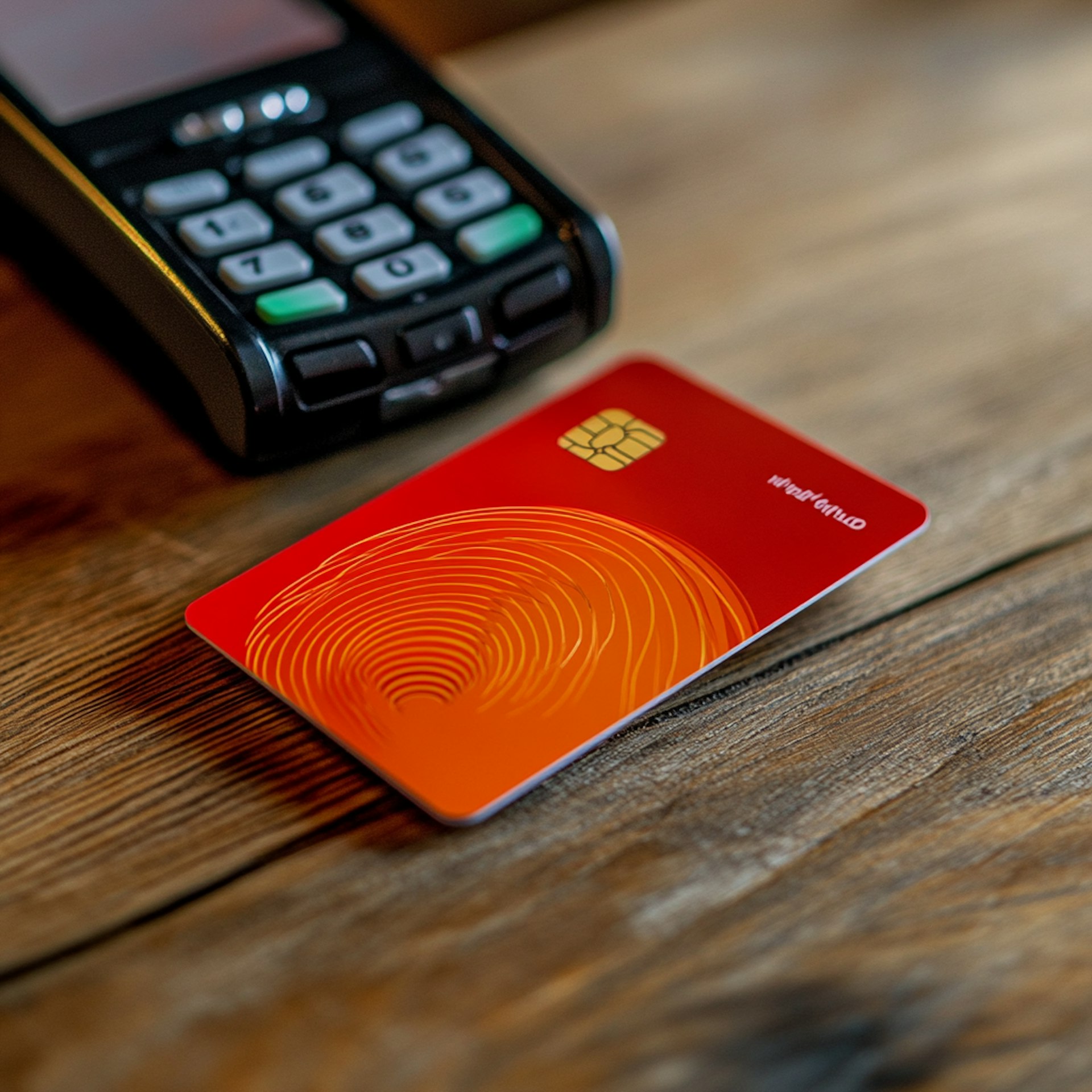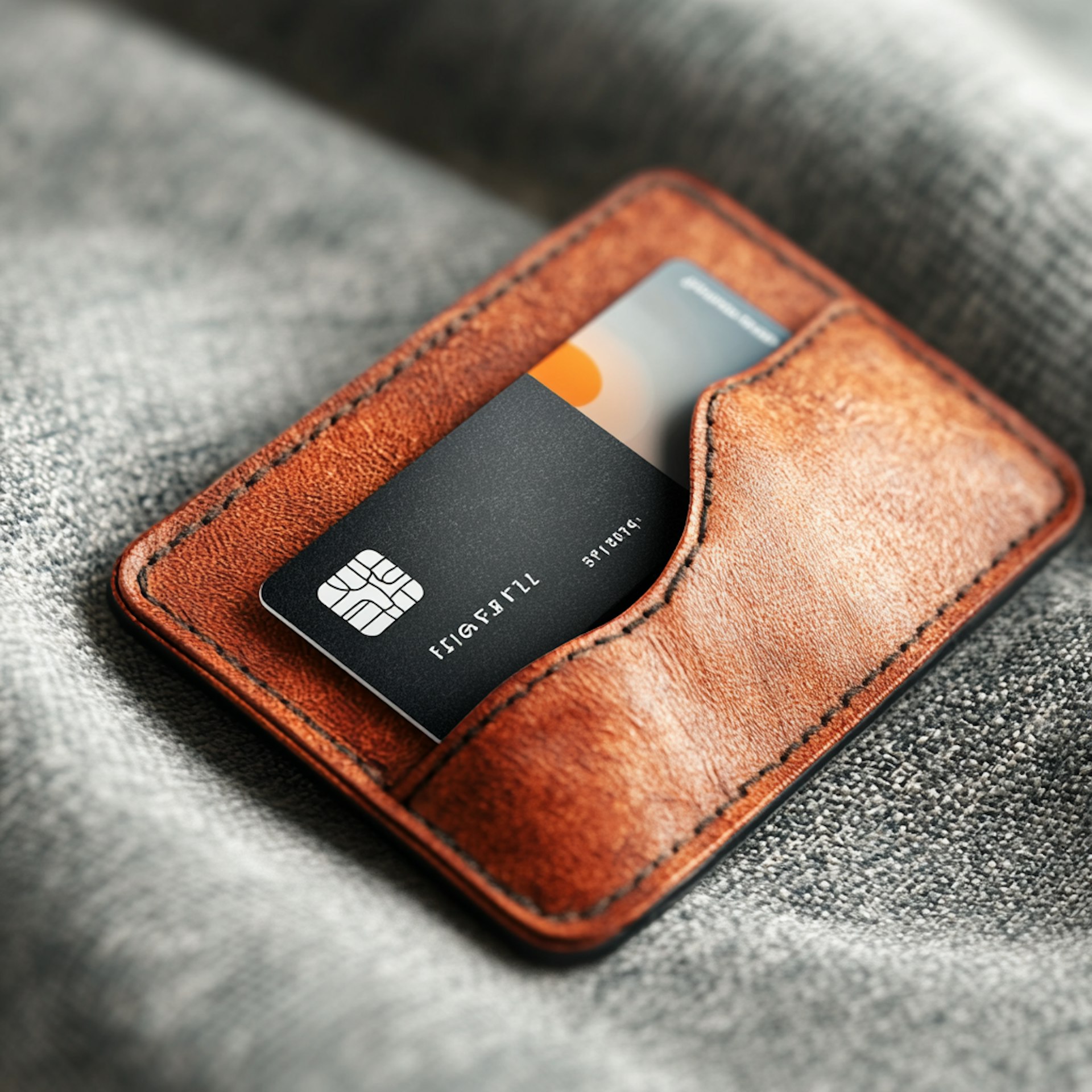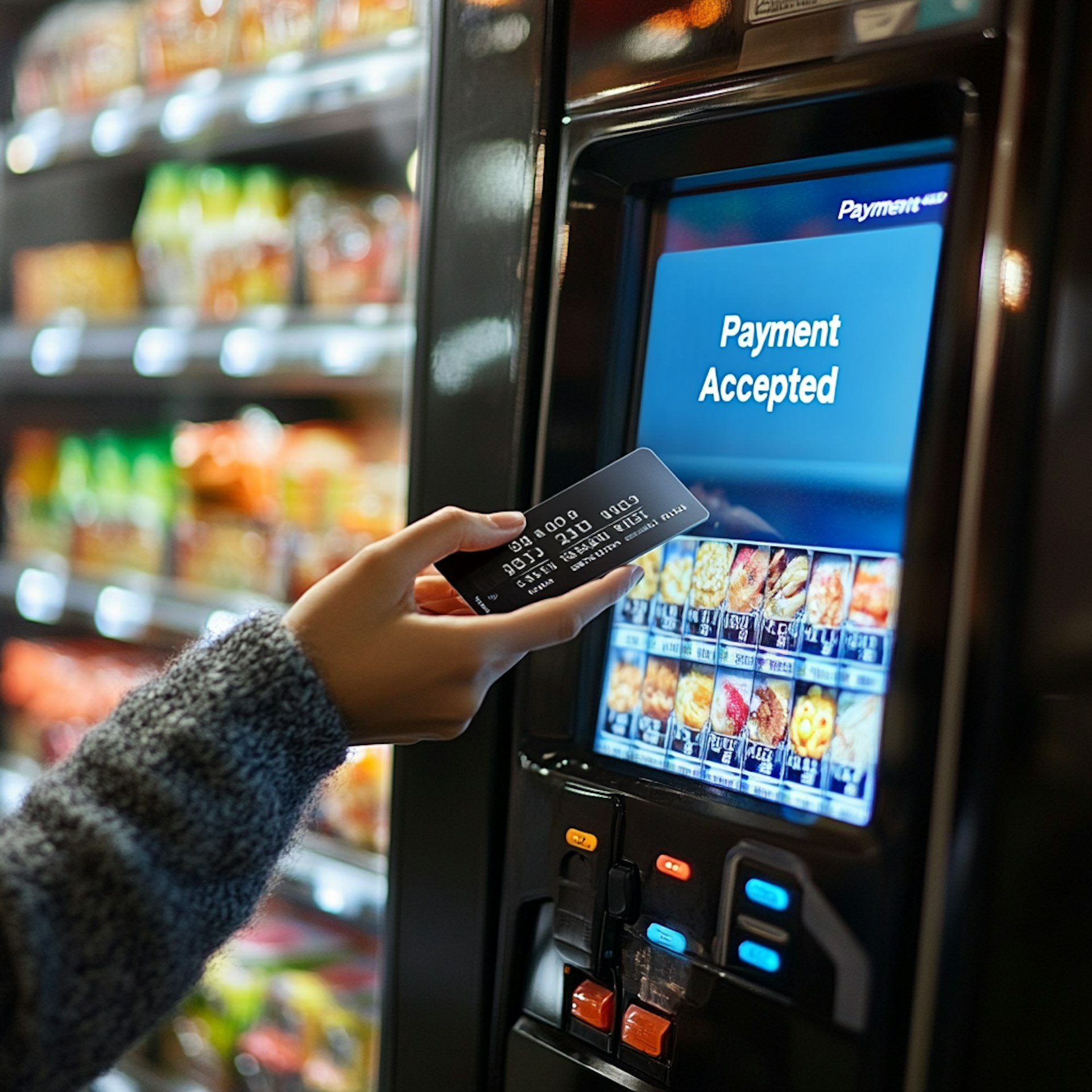Sep 18, 2024
The Future of Digital Banking: What You Need to Know
Written by Ryan Peterson
The digital revolution has fundamentally changed the way we bank, and the transformation is far from over. As consumers increasingly demand convenience, security, and personalization, financial institutions are racing to stay ahead of the curve. [App Name] is designed to help you navigate this changing landscape, making sure you have the tools you need for the future of banking. Here’s what’s coming and why it matters for you.
1. AI-Powered Personalization
Artificial intelligence (AI) is rapidly becoming the cornerstone of modern banking. By analyzing vast amounts of customer data, AI can offer hyper-personalized financial advice. Imagine receiving custom insights on your spending habits or tailored recommendations for saving and investing—all based on your unique financial profile. [App Name] is already leveraging AI to offer users smarter financial management tools. For instance, AI can predict your monthly expenses based on historical data, allowing you to budget more effectively. It can also notify you of areas where you might be overspending and suggest ways to save.
2. Blockchain and the Future of Transactions
Blockchain technology is still relatively new in the banking world, but its potential is enormous. Blockchain provides a decentralized way to process and verify transactions, making them more secure and transparent. While it’s mostly associated with cryptocurrencies, the technology is also being used to streamline cross-border payments and reduce fraud in traditional banking. In the future, blockchain could become a foundational technology for everything from identity verification to loan processing. [App Name] is monitoring developments in blockchain to ensure we can offer these advanced features when they become more mainstream.
3. Biometric Authentication for Greater Security
In a world where passwords can be easily forgotten or hacked, biometric authentication is emerging as a more secure alternative. Many digital banking apps are now integrating features like fingerprint recognition, facial ID, and even voice authentication. These technologies make it harder for unauthorized users to gain access to your accounts. [App Name] is exploring multiple biometric authentication methods to offer you a higher level of security without sacrificing convenience.
4. Real-Time Payments and Instant Transfers
Gone are the days of waiting several business days for payments to process. The future of banking lies in real-time payments, where money transfers happen instantly, regardless of weekends or bank holidays. As faster payment networks are developed, apps like [App Name] will make it easier to send and receive money instantly, whether it’s for personal transactions or business payments.
5. Sustainable and Ethical Banking
As consumers become more aware of the environmental and social impacts of their spending, banks are responding by offering more sustainable banking solutions. From green investment options to carbon offset programs, the future of banking will likely prioritize not just financial growth but also social responsibility. [App Name] is committed to exploring ways to integrate sustainable practices into our services, so you can feel good about where your money goes.
Digital banking is rapidly evolving, and with innovations in AI, blockchain, and real-time payments, the future looks bright. By embracing these trends, [App Name] is positioned to provide you with a seamless, secure, and forward-thinking banking experience.



